Abstract : Reality [Shadowplay]
This is an essay on an unknown, untitled, undated portrait {Tronie ~ Stock Character} of an old man. It is a consideration on what kind of work this is. In simple terms: Is this painting the work of one artist, or more?

Q & A, of Today
Since the end of the 18th century scholars have debated the Homeric Question. A question about the production of the two well-known Homeric works; The Iliad {1} & The Odyssey {2}. These two epic poems vary in style & structure.
The advanced Mycenaean civilization, inhabiting Greece in the middle of the second millennium BC, knew how to write, but this knowledge surprisingly disappeared. It took until the 8th century BC to regain, in another form, the knowledge in writing. Between these two periods, stories could only be transmitted through speech and gesture. After discovering that the Iliad was a poem in oral tradition, {a spoken poem that in later times was written down}, the Homeric Questions came forth.
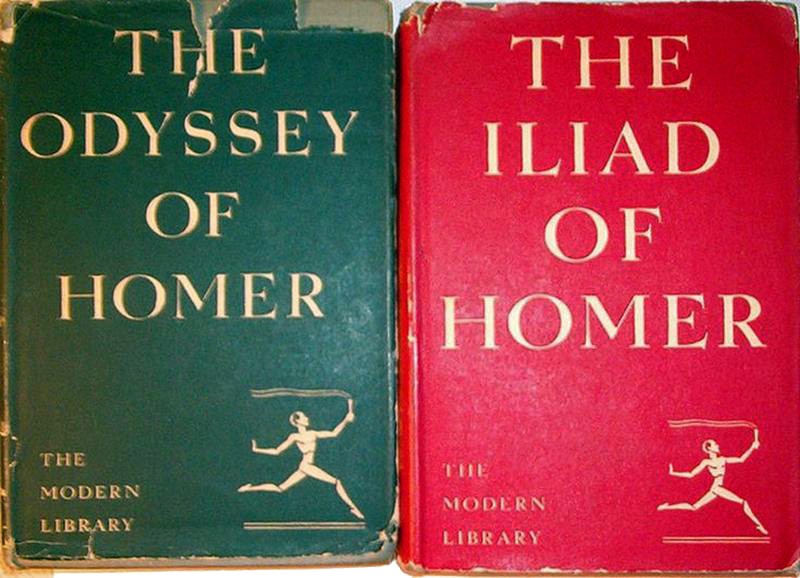
H Q: Are The Iliad”{1} & “The Odyssey”{2} creations of one unique man? Or are they the works of many collective hands, creating not one, but two unique works?
Repetition of variation
Anyone that reads Homer soon becomes aware that there is a great deal of repetition, which is mostly erased in the translated versions. It’s not only that there are a lot of repeated phrases, but they are systematic.
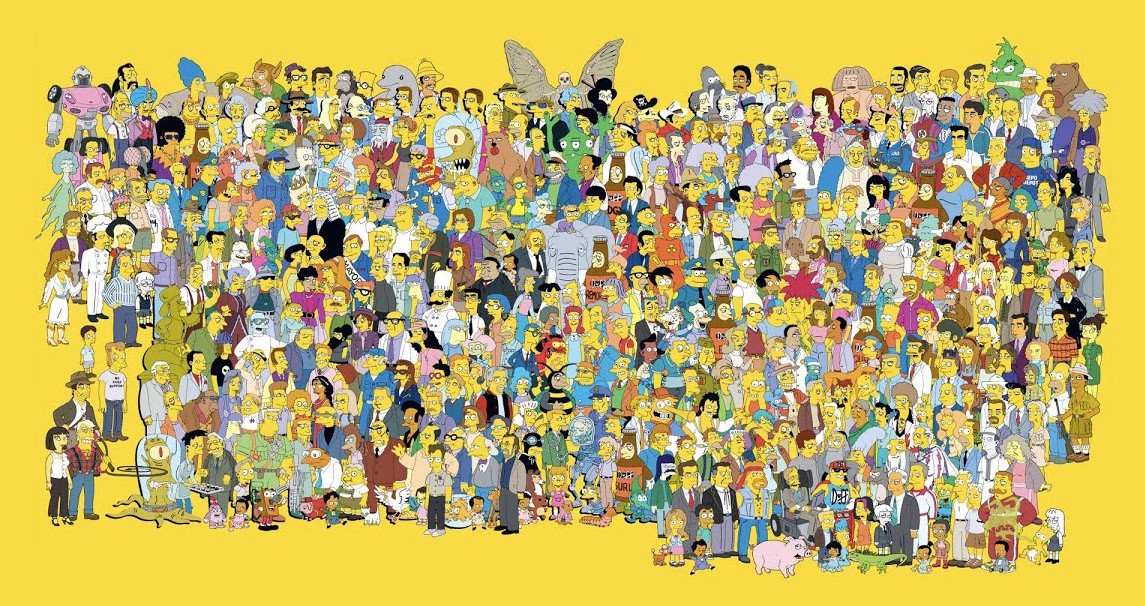
For example, the poet{s} says: Achilles is doing something, and the poet{s} fills 5 syllables at the end of a line, calling him noble Achilles. If the poet{s} fills 7 syllables, it would result in rapid 42 Achilles. He {They} did this consistently.
Counterpoint
The modern question of Homeric authorship doesn’t simply come forth from the need to appoint a single person [Counterpoint], who can be responsible for the works, it is rather the need to find a psychology behind its authorship. Who was Homer? Why did he form these poems? What were his beliefs? {swapping signifiers with John, the II.}
These are all personal, psychological questions that demand answers to be framed in modern standards. The authority of the work is not justified on its own account. Instead, we demand a probability of Homer’s life. The work itself becomes subordinate to the account of the author.
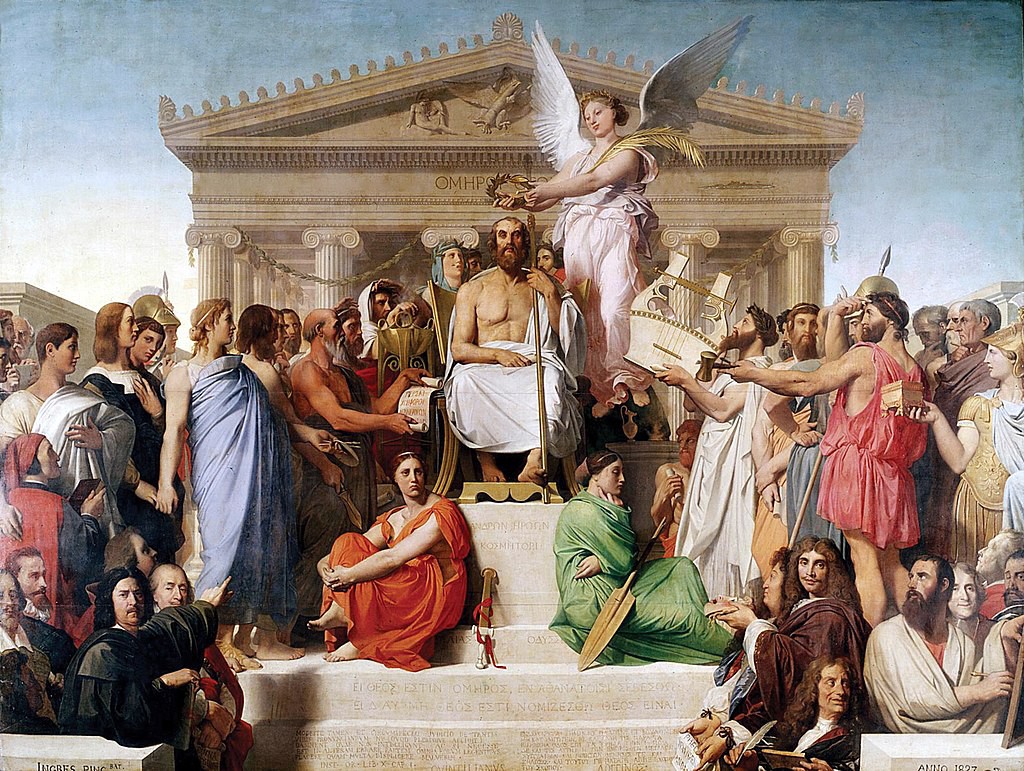
Back to the future; a portrait of an old man
Now if we take a closer look at the language of this painting, we discover a mixture of dialects; grammar that belongs to different stages in the development of a pictorial language.

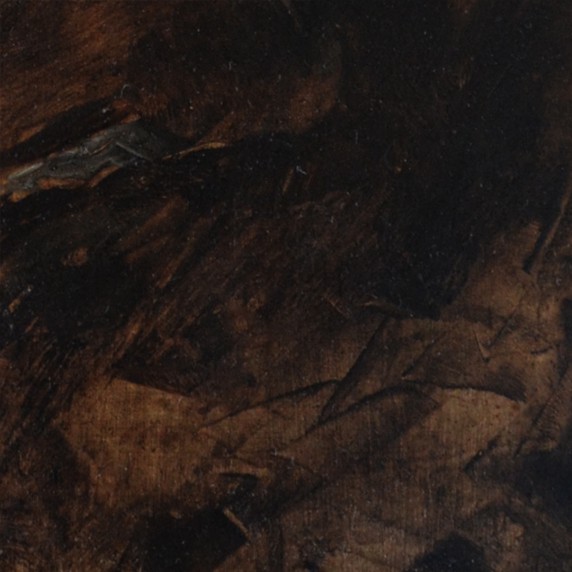
The jagged jacket appears modern, recalling early 20th century Cubism, the brushwork has a 19th century touch, and the Rembrandtesque use of light finds its origin in the 17th century. This is neither a language from 1 time, as it is a language of 1 place. It’s a created, special language.
Putting these observations together, it seems clear that a great deal of the painting; its depiction, its patterns, its story, are inherited and have been passed down through the centuries.
Patchworking
Some people would say the peculiar portrait of an old man {Tronie ~ Stock Character} is a patchwork. There are two versions of this idea:
- There was a core painting, an original piece, then other painters came along and added their own patches.
- The second theory is that there was an editor, who collected different lays{surfaces} and stitched them together, adding some bits in, to make it fit into one composition.
Now once you recognize the nature of the painting, the question about the uniqueness of it becomes fuzzier.
Suppose a painting n is going around in the workshop of Rembrandt. Person A, Rembrandt, creates the preliminary sketch, and passes it to disciple B, who fills in the clothes of the figure and the background. He passes it on to disciple C who works on the face. After close inspection of A, the first edition of the painting is finalised.
A viewer, (a key admirer of the works of A), let’s name him D, visits the workshop and sees the painting. He identifies it immediately as a unique work of A.
Through the centuries the painting travels through different countries and different times. It is cleaned and restored by 3 restoration artists, with different backgrounds; in Belgium (18th century), Italy (19th century) and Spain(20th century). Retouching the background, the clothes, and the face. Let’s call those restoration artists X, Y and Z.
We’ve finally arrived in the 21st century. The painting can now be categorized as a “Homeric work”.*
*Homeric work = Work with unknown origin, but through its authentic appearance considered to be original. — M.
So who created the painting?
Hypothesis: Not A, nor B, nor C, nor D, nor X, Y & Z composed the work. It would be a collective act, gradually developing it and passing it over through time.
A new person, called E{xpert}, joins the scene.
E: With the help of a group of “specialist” scientists I will closely examine this painting and assure you it is an authentic work of A.
…One year later.
E: With the latest X-ray imaging technology™ we closely examined the different layers of patchwork. Behind the layers of the restoration artist (X, Y & Z) we found one unique {hand}work, created around the year 1630. This cannot be done by three different people (A, B,C). We also found under the tick layers of the restoration artist, the autograph of A.
We examined the structure of the oak wooden panel (on which the painting is painted), it comes from the same tree as other wooden panels A used for his paintings. Therefore, this work must be of one unique creator: A
Suddenly a shadow-character joined the scene.
Rembrandt{Lievens} : Screenplay by Huygens
Did you know Rembrandt had a shadow-character?
Jan Lievens (1607–1674) and Rembrandt (1606–1669) were both born in the same town, Leiden. Lievens was one year younger than Rembrandt. Both apprenticed with the painter Pieter Lastman. In their time, the poet, composer Constantijn Huygens* (1596–1687) recognized both painters as exceptionally talented young painters.
*Constantijn Huygens was secretary to two Princes of Orange: Frederick Henry and William II, and the father of the scientist Christiaan Huygens.
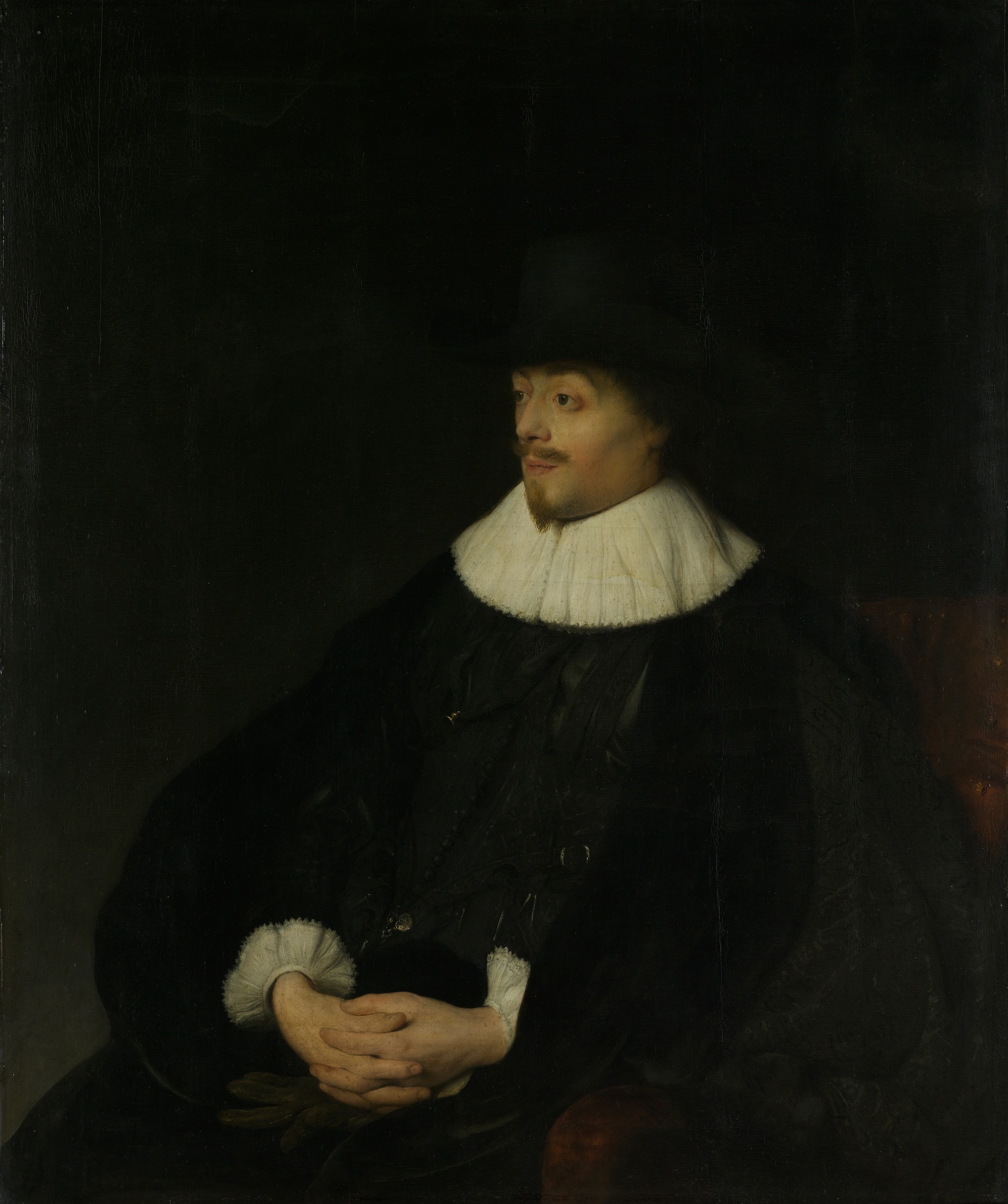
Huygens described in his writings both painters. In the eyes of Huygens: Rembrandt is better in transmitting vivid emotion through his work. Lievens is more inventive in introducing bold, refreshing themes. Lievens preferred to work on a bigger scale, Rembrandt on smaller, more intimate paintings.
Lievens final paintings often deviated from his preliminary sketches; extensive rework is more typical a sign of Lievens, than of Rembrandt.
A, Counterfeit story; Rembrandt{Lievens}
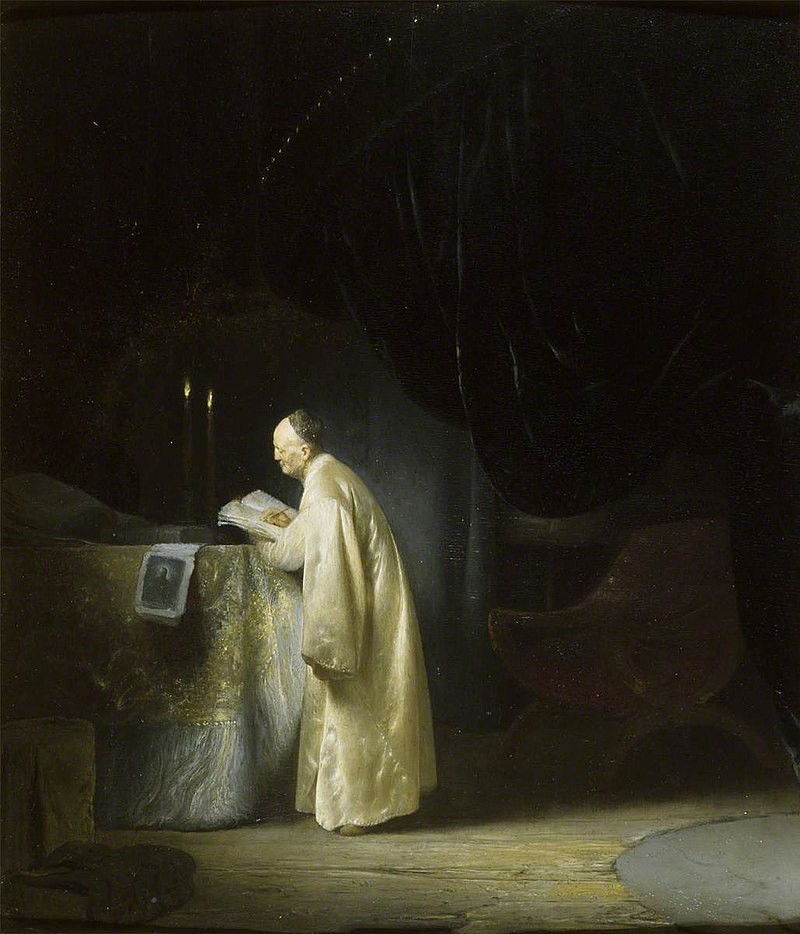
Around 1630 both artists worked closely together; sharing models, exchanging ideas, and they maybe even shared the same workshop (the last fact is a rumour, that cannot be confirmed).
At some point, Rembrandt falsified the dates of some of his work; to stay ahead of Lievens, thus being acknowledged as a source of inspiration for Lievens, and not the other way around. In 1630 he even signed some of Lieven’s paintings and etchings with his own signature. What happened between their contact around 1631?
It remains unknown.
Rembrandt rose to fame in the centuries after. His shadow, Lievens, stayed a bit behind. Fewer works of Lievens are preserved throughout the centuries; it is therefore much more difficult to assign paintings to him, only a few he signed with the abbreviation L. His described life-story is less complete, thus less compelling.
Answer to the Homeric Question - Abstract : Reality [Shadowplay] explained
If we frame the Homeric Question in greater perspective, we find recurring patterns in the relationship between pictorial artists on one side, and screenwriters on the other. We can speak of a main plot with a front man and his shadow-character. Sometimes the main-character played such a prolific role, that he stands opposite n(number of) shadow-characters. I summarise my findings in the following equation:
Main character {Shadow} : Screenplay by [Placeholder]
Hereby I give you a few examples:
Rembrandt {Lievens} : Screenplay by Constantijn Huygens
Mondriaan {Van Doesburg} : Screenplay by Antony Kok
Picasso {Braque} : Screenplay by Apollinaire
Marcel Duchamp {Dada} : Screenplay by Hugo Ball
And in variations of the same equation:
Dalí {Surrealism} : Screenplay by André Breton {Apollinaire}
We cannot always assign a certain screenwriter on one side of the equation, in certain cases the equation is formed through socio-cultural conditioning; causing peripheral sight, resulting in tunnel vision. Compare it to a horse wearing blinders.
An example:
Jean Arp {Sophie Taeuber-Arp} : Screenplay by socio-cultural conditioning
Taking socio-cultural conditioning into account, we can extend our knowledge to other fields.
Examples:
Steve Jobs {Steve Wozniak} : Screenplay by socio-cultural conditioning
Einstein {Mileva Marić} : Screenplay by socio-cultural conditioning
{Nikola Tesla} : Screenplay by Edison, using the idea of socio-cultural conditioning
If we overlap the aspect of socio-cultural conditioning on the shadow side of the equation, we are able to find new “unseen” shadows, and solve the equation.
Examples:
Marcel Duchamp {Dada} : Screenplay by Hugo Ball
becomes
Marcel Duchamp {Elsa von Freytag-Loringhoven} : Screenplay by Hugo Ball {Emmy Hennings}
Dalí {Surrealism} : Screenplay by André Breton {Apollinaire}
becomes
Dalí {Gala Dalí} : Screenplay by André Breton{Apollinaire}
In few cases the shadow-character outgrew the front man:
Diego Rivera {Frida Kahlo} : Screenplay by socio-cultural conditioning
became
Frida Kahlo {Diego Rivera} : Edited screenplay by Frida Kahlo
One more; jumping immediately to the last step.
{Madelon Vriesendorp}{Zoe Zenghelis} : Screenplay by Rem Koolhaas{Elia Zenghelis}
So now you understand the principle of Abstract : Reality [Shadowplay].
Few exceptional people perform against their own shadow.
Example:
Vincent van Gogh {i} : The friendship with Paul Gauguin, produced by Theo van Gogh
John Nash : {i}
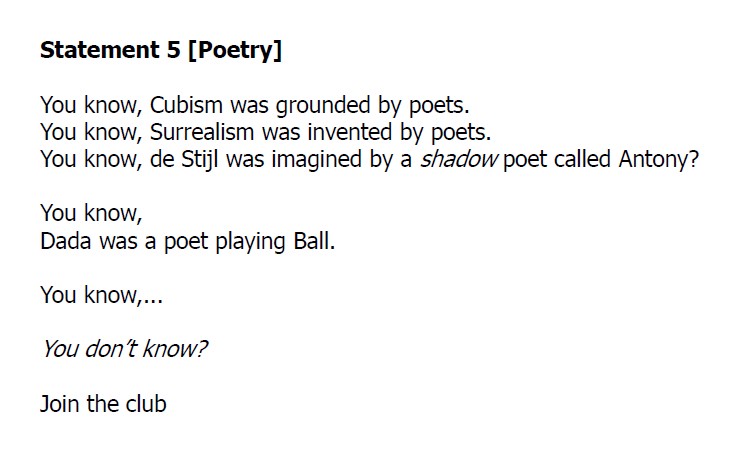
Abstract : Reality[Language], excerpt , M. ©2018
If we perceive a longer timeframe we can deduct the occurrence of a multitude of shadow-characters, let’s call them n{i}. When stories evolve through time; more and more shadow-characters appear on the scene, evolving into at first sight totally new characters; deviating from the original screenplay.
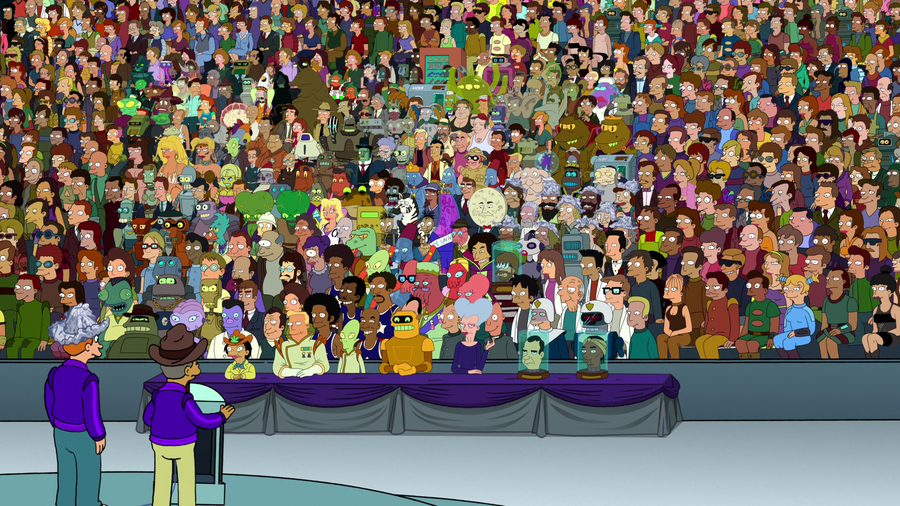
Time~Memory; slipping from chronos into kairos
Our scientists dig for evidence, linguists search for cultural inconsistencies, professors teach the improbability of Homer. We cannot find justification for Homer, only probabilities. Expert A claims his poems travelled the world at 800 B.C., Expert B claims his poems were already around at 2000 B.C.
The ancient Greeks had two ways of approaching time; a first explanation into the concept of Time~Memory.
1. The first, is the passage of time in one direction, chronological/sequential, what we call nowadays clock time [Chronos] A quantitative measurement unit.
2. The second way of measuring time is through emotion [Kairos], an opportune moment in time or place, perception of time through memory. A qualitative measurement unit.
“7 towns claimed to be the birthplace of Homer : n{i}”
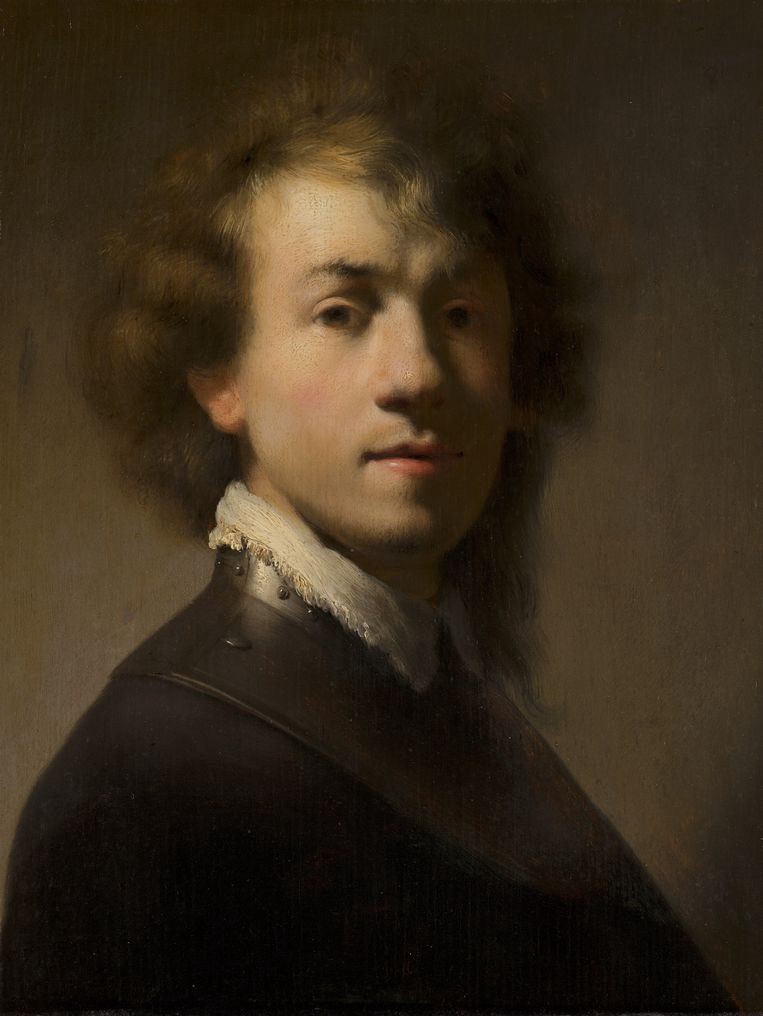
We move forwards on a chronos timeline, while our past slips away into kairos. Everything that we perceive as “quantitative measurable”, dates, names, materialistic characteristics. All that is related to the numerical characteristics of a surface becomes fuzzier.
If we go a couple of centuries back, we can still peg numerical characteristics to a surface{object}, but if we move further back on the chronos timeline, or to lesser known places, it becomes increasingly difficult.
Known signifiers fall apart into events of mere stardust. What remains, is what can be considered true art.
Inverse space
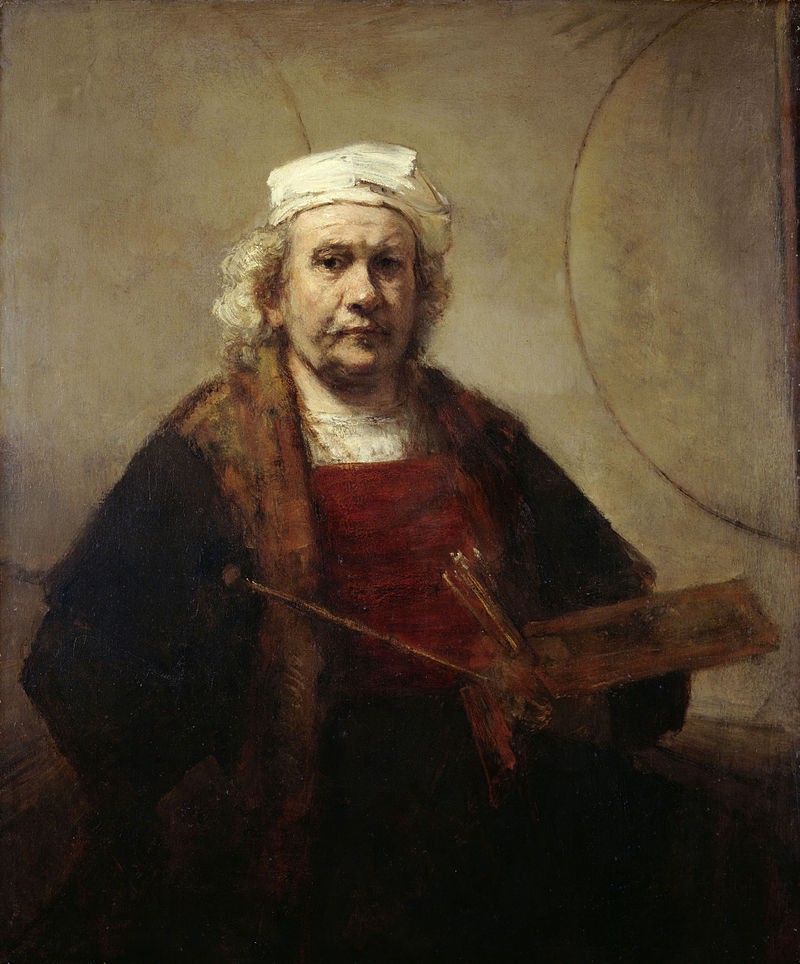
The two arcs of a circle inside the painting appear to continue outside the frame of the painting into imaginary space. There are no two circles, {false name given to the painting} {the mind forms both circles}, there are two parts{arcs} of a circle. Attach the two parts of the circle and you have the complete: a sacred geometry. Rembrandt stands in-between, in Inverse Space. These are showcases in how dualism swaps into non-dualism.
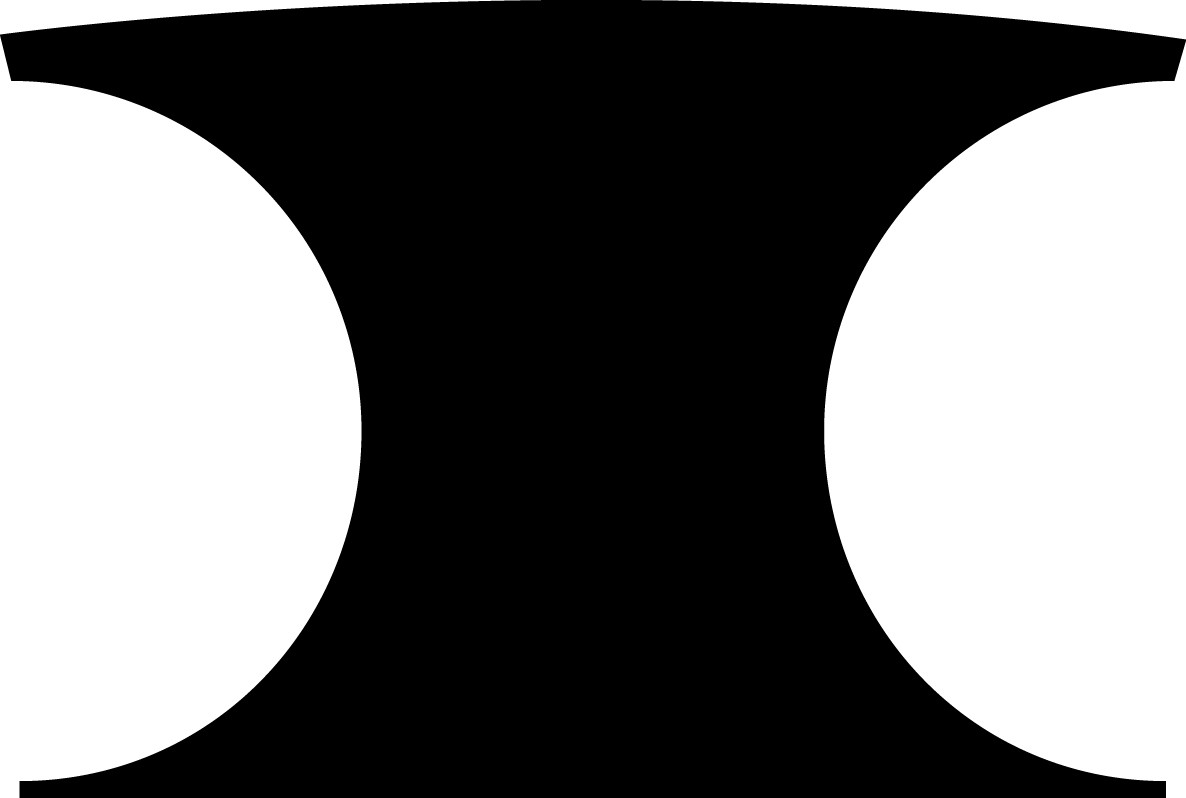
Back to Homer {Stock-character}
It is not as if we believe that a random collective strung together a series of unrelated thoughts, a patchwork that happened to fall into place by the work of many hands.
We accept the Homeric literature as a whole; it is consistent and is a work of beauty. This awe-inspiring beauty found in Homer implies that it is the work of a very profound poet, or poets as consistency is rarely found among populists. Therefore, we moderns believe these texts to be the work of a great poet, just not Homer. {swapping signifiers with John, the III.}
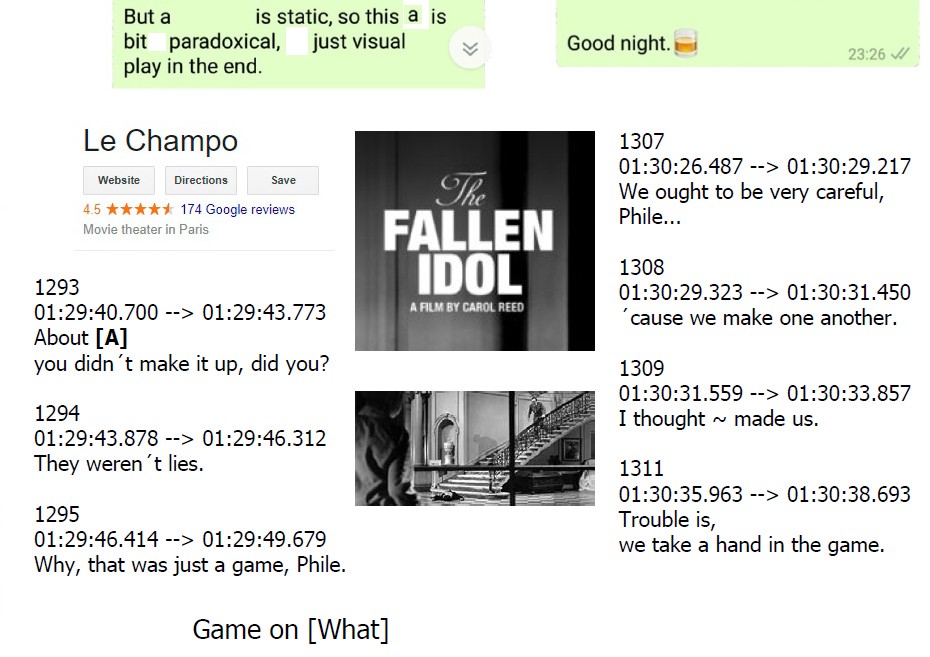
Abstract : Reality[Language], excerpt , M.© 2018
The Third Man, n{i} : Screenplay by an old man

Can we suppose now, with fair confidence, that this painting, which I like to name Heraclitus ~ Parmenides , is essentially the work of one great artist? Using language, whole lines, maybe patterns of story and ways of putting forward an original scene. One mind that forms essentially the painting as we know it.
In English, (and in most familiar languages to English), there are grammatically two numbers{n}, singular and plural. We say he is {1}, and they are {2}. Mouse = Mice in the plural, Cat = Cats in the plural. But the Greek had a third number {3}, in the case you are talking about [2] people.
Now in book nine; Agamemnon sends an embassy to Achilles, and sometimes there are [Two Ambassadors], and sometimes there are three. {Numerical problems, caused by chronos slipping into kairos}

Porter: There was a third man. He didn’t give evidence.
Martins: You don’t mean the doctor?
Porter: No, no, no. He came later, after they carried him to the Josef statue.
Martins: What did this man look like?
Porter: I didn’t see his face. He didn’t look up. He was quite ordinary. He might have been just anybody.
Martins: Just anybody
The Third Man {Anybody} : Carol Reed {Graham Greene}
The poet{s} started with two ambassadors, then he added a third and he didn’t change what he had already written. After all, if you are an oral poet, you have no conception of erasure. You can’t say: Hey let me go back 20 lines, I want to change what I said! You just go forward, all the time.
And if the poem was purely in spoken form, then the next time it was sung, the anomaly would have been removed.
Wait a minute…
.
One minute later.
Not if it was part of the play itself.
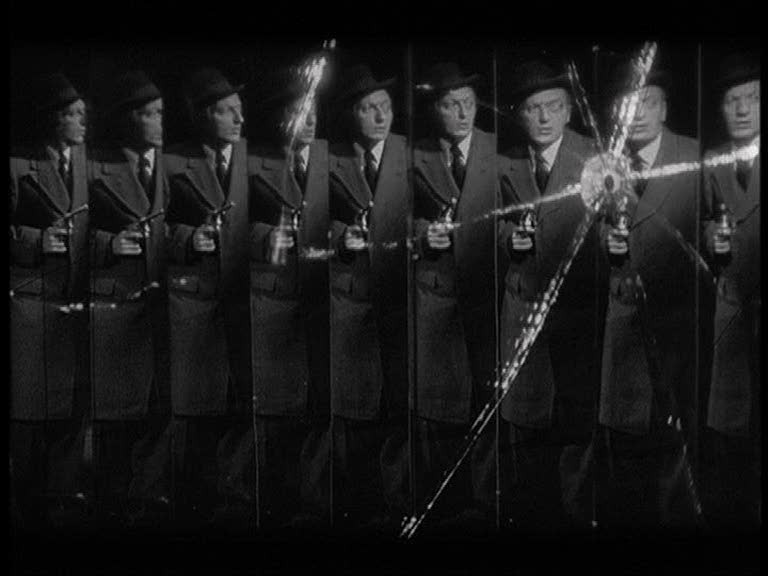
The Third Man{Orson Welles} : Carol Reed {Graham Greene}
Who was The Third Man?
Not Orson Welles {Harry Lime}, in this case.
Solving The Third Man
Main character{Shadow} : Screenplay by [Placeholder]
The Third Man can’t be seen, only listened to. Played on a zither by an unknown Viennese {anybody}, accidentally heard at Carol Reed’s party. Answer:
Anton Karas {Orson Welles} : Carol Reed {Graham Greene}
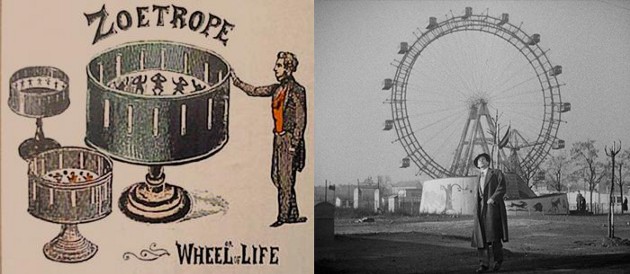
Abstract : Reality [Shadowplay]. All notes are linked {integrated}.In collaboration with Prof. Dr. Mr. X [Scientist] M. Production © 10.2019 Triple-A Society
During the filming of “The Third Man” in Vienna,Carol Reed was so impressed by the exotic flavour and varied moods of Karas’s music, which he heard at a party, that he commissioned Karas to compose the score for the film. The range of Karas’s zither conveys not only Harry’s cynical jauntiness and Anna’s aching grief, but the unworldly glory and ruin of Vienna itself. Karas’s lilting, shimmering music made a great film unique. — Quote by Rainyday, 4 years ago.